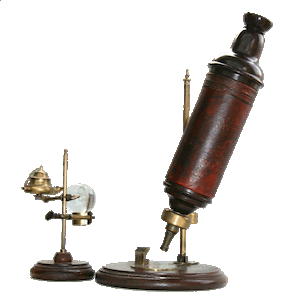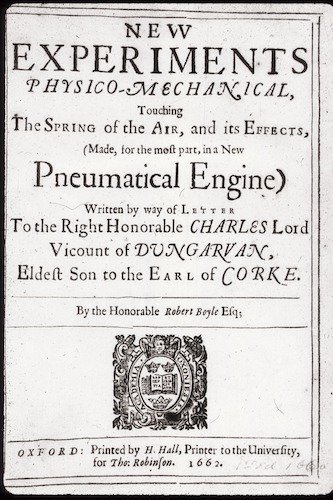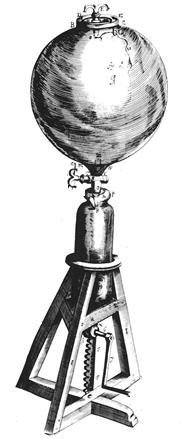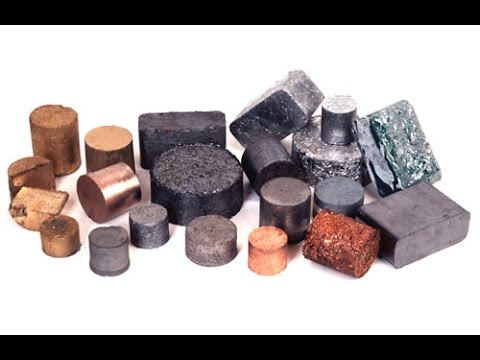CHEMISTRY
This culture landmark provides a general overview of Robert Boyle, regarded today as the first modern chemist.
NOTE: hover over words in blue for additional information
Robert Boyle
Robert Boyle was born at Lismore Castle (Ireland) on 25 January 1627, the youngest son of Richard Boyle, first Earl of Cork, an 'adventurer' who made his fortune in Ireland and who was one of the richest and most influential men in Britain. Boyle's upbringing was fairly conventional. He was educated partly at home and partly at Eton College, completing his education by travelling to France, Italy and Switzerland, where he spent several months and where he received further instruction. It was during these continental travels that Boyle had a conversion experience; his profound religiosity influenced his outlook in natural philosophy, as in life in general.
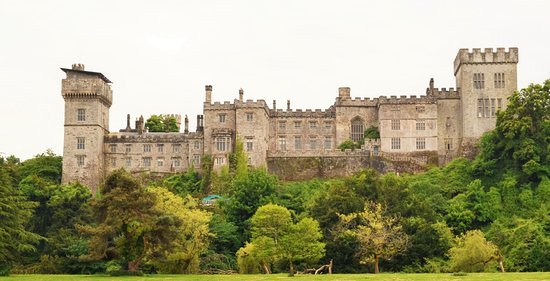
Lismore Castle, Co. Cork, Ireland. Image from tripadvisor.co.uk.
In 1649 Boyle set up a laboratory at his house in Stalbridge (England), and the experiments that this enabled him to carry out seem immediately to have fascinated him. His empirical investigations at this point clearly concerned a range of chemical (and alchemical) trials; he also refers to his use of a microscope to observe the minute structure of living things.
In 1655 or 1656, Boyle moved to Oxford to join the group of natural philosophers that is often seen as the precursor of the Royal Society, which was founded in 1660. It was during these years that Boyle engaged Robert Hooke as an assistant and together they devised the most famous piece of experimental equipment associated with Boyle, the vacuum chamber or air-pump.
PEOPLE
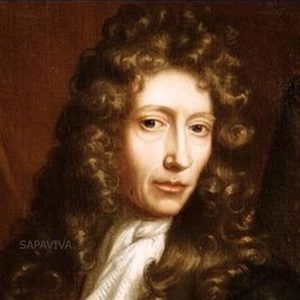
Robert Boyle (1627-1691),
Anglo-Irish chemist.
Image from sapaviva.com.
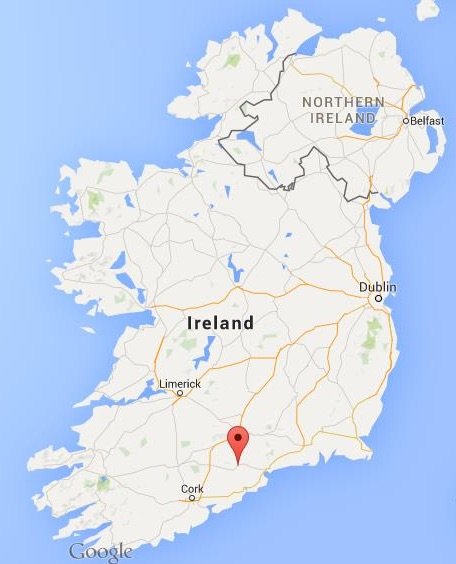
Lismore, Co. Cork.
EDUCATION
- Lismore, private tutor
- England, Eton College
- Switzerland, private tutor (also on a tour in France and Italy)
- England, Self-teaching in his house in Stalbridge
- England, Oxford
